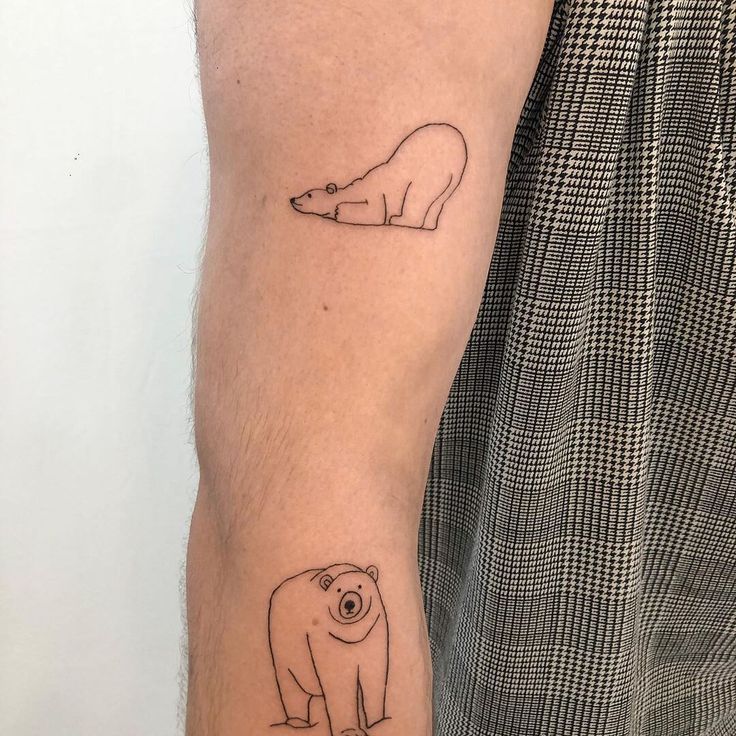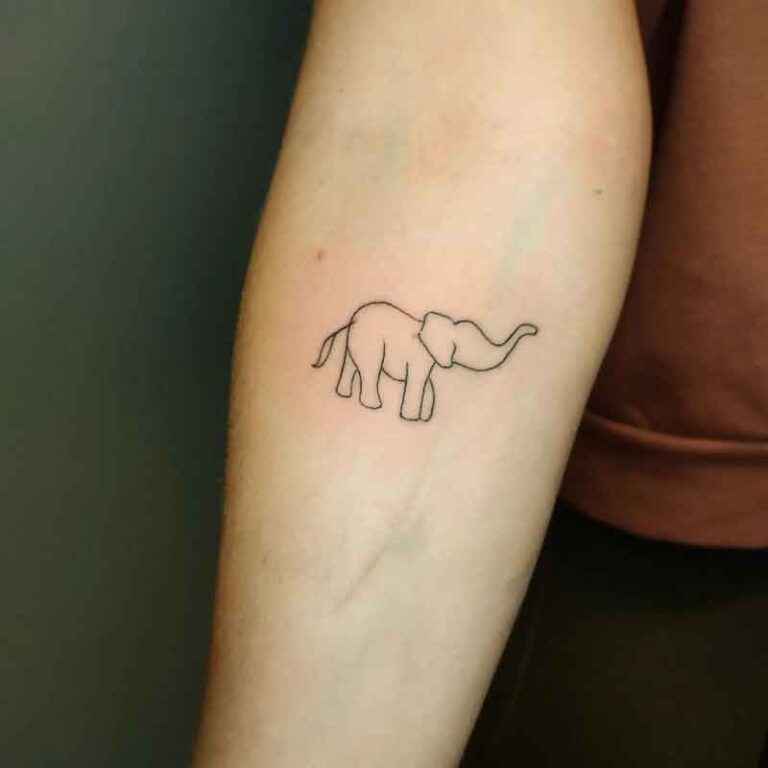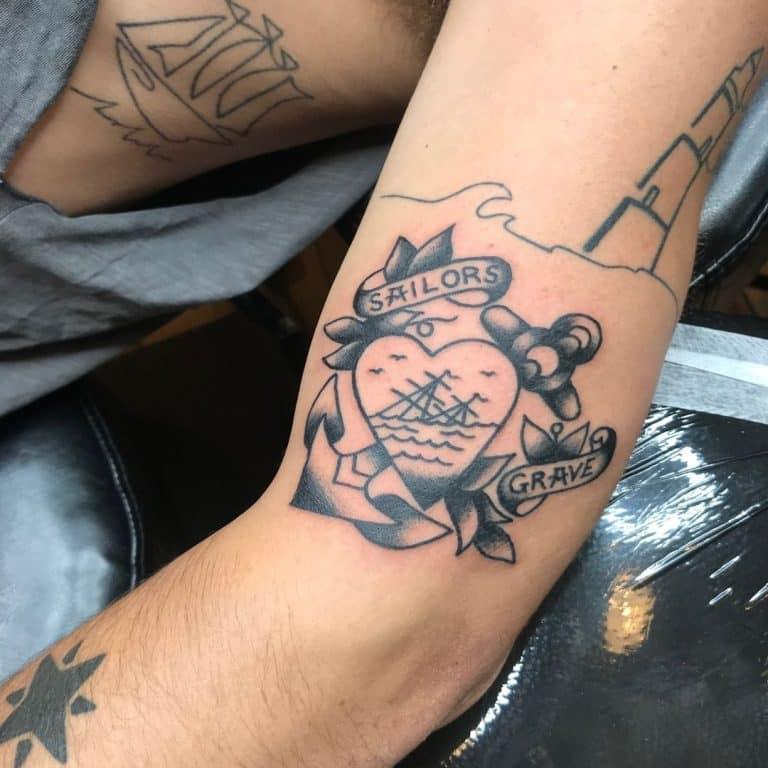
Embracing Ink: The Renaissance of Traditional Tattoo Styles
The History and Significance of Traditional Tattoos
The story of traditional tattoo stretches back centuries. For many cultures, traditional tattoos serve as rites of passage, marks of status and bravery, talismans against evil, or symbols of religious beliefs. They are not just art; they embody personal and communal histories.
Tattooing had sacred roles in ancient societies. For instance, Polynesian tattooing, which developed over thousands of years, held significant cultural import. It was part of a spiritual journey and identity marker. Another example is indigenous tribes in the Philippines. Their ‘batok’ tattoos were signs of valor and achievement.
In many communities, traditional tattoos are part of a healing or coming-of-age ritual. They mark milestones in one’s life journey. As such, wearers often perceive them as powerful personal amulets. They carried—and still carry—immense significance that transcends aesthetic appeal.
As far as records show, traditional tattooing techniques were diverse. Some employed animal bones or needles made from plant thorns. The pigments sourced from natural materials were unique to specific locales. This local sourcing added deeper meaning to the tattoos.
The renaissance of traditional tattoos reflects a longing for connection. It’s a nod to heritage in a rapidly changing world. As we continue to explore their history, we embrace the significance they held for our ancestors. And now, these tattoos continue to influence art, culture, and personal expression globally.
Key Characteristics of Traditional Tattoo Styles
Traditional tattoos have distinct features that set them apart. These characteristics are key to their identity.
- Bold Lines: Traditional tattoos stand out with their strong, defined black lines. This gives them a striking, unmistakable presence.
- Limited Color Palette: They often use a select range of colors. Common hues include black, green, blue, and sometimes red. This simplicity adds to their timeless allure.
- Iconic Symbolism: These tattoos frequently employ symbols with deep cultural significance. Examples include animals, shapes, and motifs that hold meaning within a culture.
- Symmetry and Patterns: Traditional designs can be symmetrical, showing a balance in their composition. Patterns are usually repetitive, making them captivating and hypnotic.
- Hand-made Tools: The traditional tattoo process often involves tools crafted from natural materials. This links the art form directly to the earth and the ancestors.
- Cultural Authenticity: Each traditional tattoo style is unique to its culture. It reflects heritage and conveys stories of the past.
Understanding these key characteristics helps appreciate the deeper value of traditional tattoo styles. They are more than just designs; they are a visual language of history and identity.

Cultural Impact and Revival of Traditional Tattoos
The revival of traditional tattoos marks a powerful cultural reawakening. As societies progress, so does the need to retain links to heritage. This resurgence is not just a fashion trend; it’s a movement restoring history’s ink on skin. Traditional tattoos are re-emerging as a way to honor ancestry and personal roots.
The cultural impact is profound. Tattoo festivals and exhibitions are celebrating these ancient practices, bringing them to a wider audience. People from all walks of life are drawn to the depth and authenticity of traditional tattoos. Artists are passing down age-old techniques to new generations, ensuring these art forms do not fade into history.
This revival goes beyond aesthetics. It’s an affirmation of identity and a statement of belonging to a lineage that spans centuries. For some, it’s an act of reclaiming cultural heritage in an era where globalization has diluted individuality. Traditional tattoos offer a tangible connection to a storied past, one that resonates deeply with those who bear them.
Through the revival of traditional tattooing, individuals can express their narratives in a manner that’s rooted in ancient symbolism and technique. The blend of old-world art with modern interpretation is creating a tapestry rich with cultural significance. Traditional tattoos are not anachronisms but vibrant testimonies of enduring legacies and contemporary relevance.
The Artisans Behind the Craft: Notable Traditional Tattoo Artists
The revival of traditional tattoos owes much to the skilled artisans who master the craft. These notable tattoo artists are not just technicians; they are custodians of historical art forms. They preserve and breathe new life into the techniques inherited from bygone eras.
Artisans like Whang-od Oggay of the Philippines have gained international acclaim. She uses a citrus thorn attached to a bamboo stick to tap ink into the skin. This method, known as ‘batok,’ has been passed down through generations. In Hawaii, Keone Nunes is another example, who practices the Hawaiian kakau, using tools like bird beaks and bone combs.
Europe, too, has seen a surge in artists specializing in traditional Nordic and Celtic tattoos. These tattoos are marked by intricate knots and runes. Sulu’ape Steve Looney and Tuigamala Andy Tauafiafi in New Zealand uphold the Samoan tatau, using hand-made tools to tell stories through their tattooing.
Across these varied cultures, traditional tattoo artists share a deep respect for their heritage. They are committed to educating others about the meanings and techniques behind their work. As bearers of tradition, these artists ensure that each traditional tattoo is a thread in the fabric of cultural storytelling.
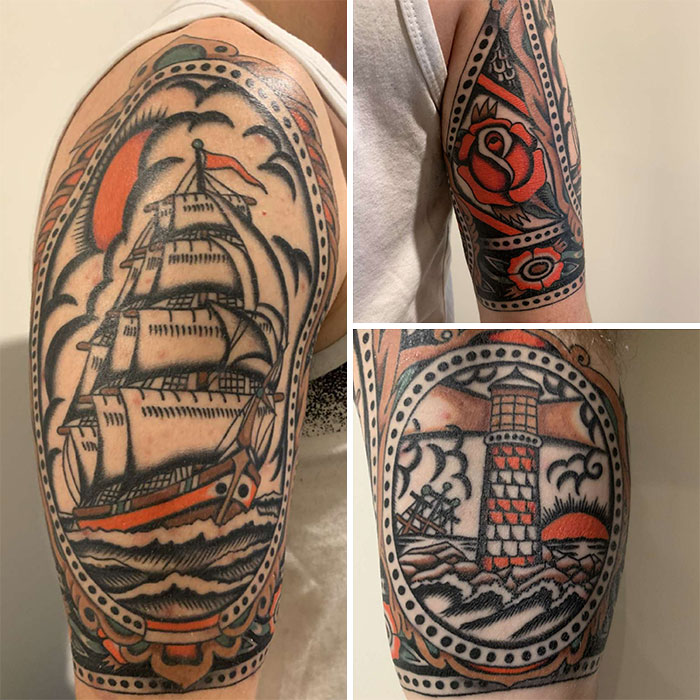
The Process of Getting a Traditional Tattoo: What to Expect
Getting a traditional tattoo is a unique experience, steeped in cultural significance. Here’s what to anticipate when you decide to get one:
- Consultation: Your journey begins with a conversation. You will discuss the design, symbolism, and placement with the artist. It’s crucial to understand the cultural roots and meanings of the tattoo.
- Design Selection: Traditional tattoo designs are rich in history. Choose a symbol that resonates with who you are or what you aspire to represent.
- Preparation: The artist prepares their tools and the ink, often using methods that have been passed down through generations. Witnessing this can deepen your appreciation for the craft.
- Pain Level: Be prepared; traditional tattooing techniques can be more painful than modern methods. The hand-poked or tapped application is an integral part of the ritual.
- Healing Process: Aftercare is essential. Follow your artist’s instructions for cleaning and protecting your tattoo. The healing time can vary based on the technique and your skin.
- Cultural Respect: Understand that by getting a traditional tattoo, you are participating in a cultural tradition. Make sure your choice respects its origins and doesn’t appropriate symbols without the right context.
Entering the world of traditional tattoos means embracing the values and stories they carry. It’s a powerful way of honoring the craft and the cultures that preserve it.
The Role of Traditional Tattoos in Modern Fashion
Traditional tattoos have found a new place in the world of fashion. The bold lines, limited colors, and iconic symbolism of these tattoos are now seen on runways, street style, and in brand logos. Designers draw inspiration from the aesthetic of classic tattoo styles, bringing them into clothing, accessories, and even advertising campaigns. Fashion is always looking for innovative ways to express identity and traditional tattoos provide a rich palette of cultural narratives to draw from.
Celebrities and influencers flaunt traditional tattoos, further cementing their status as stylish and desirable. These tattoos are not just fashion statements; they’re badges of honor, symbols of strength, and expressions of individuality. From high-end to casual wear, the influence of traditional tattoos is evident, integrating ancient art into modern attire and lifestyle.
As tattoos become a mainstream part of fashion, they challenge and change the perception of ink on skin. Once seen as rebellious, traditional tattoos in fashion are now celebrated as markers of uniqueness and symbols of cultural heritage. It is vital, however, that the fashion industry approaches traditional tattoo motifs with respect, avoiding cultural appropriation and ensuring a genuine connection to their meanings.
Traditional tattoos in fashion highlight the timeless influence of these ancient symbols. They remind us that style is more than fleeting trends; it’s about storytelling and paying homage to the past. Embracing traditional tattoos within modern fashion is a way to honor the art form and its cultural significance while making a personal style statement.
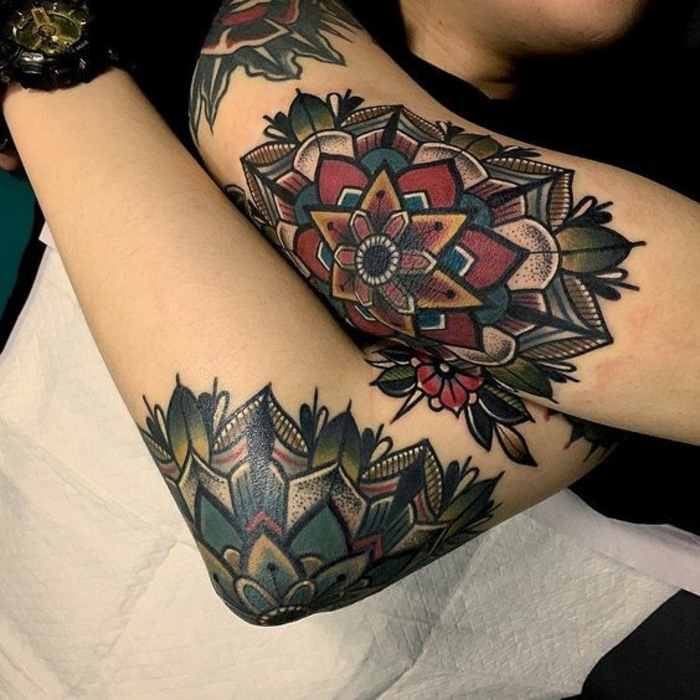
Preserving Tradition: The Importance of Authenticity
In the world of traditional tattoos, authenticity is key. It’s about more than just style. Each tattoo carries a story, a piece of history, and a cultural identity that must be preserved. For artists and bearers alike, being true to the source is crucial. Here’s why authenticity matters in maintaining the integrity of traditional tattoos:
- Educational Value: Authentic traditional tattoos educate people about the culture they come from. They serve as a bridge to understanding and appreciating other histories and traditions. By preserving authentic practices, tattoo artists teach respect for cultural nuances.
- Transmission of Heritage: Many traditional tattoos are passed down through generations. They form a lineage of artwork that binds present to past. Preserving these practices means keeping alive a vital link to ancestral heritage.
- Customary Practices: True traditional tattoos adhere to time-honored methods. These might include using hand-made tools or specific tattooing techniques. Maintaining these practices is a tribute to the craftspeople who originated them.
- Preventing Cultural Appropriation: When traditional tattoos lose their authenticity, they risk becoming mere fashion statements. This can lead to cultural appropriation, where sacred symbols are taken out of context. Authenticity helps safeguard against this misuse.
- Meaning Over Aesthetics: While traditional tattoos are often striking, their value lies beyond aesthetic appeal. Authentic tattoos capture a deeper significance that represents the wearer’s identity or life story.
In the renaissance of traditional tattoos, it’s essential not to dilute their power. Artists and enthusiasts have a responsibility to honor the craft. Authenticity in traditional tattoos is a tribute to an art form that has decorated humanity for ages. It must be preserved to ensure that these timeless works of art maintain the respect and significance they deserve.
Traditional Tattoos in the Digital Age: Social Media’s Influence
The digital age has transformed how we view and share traditional tattoos. Social media in particular has played a crucial role in this shift. Here’s how these platforms are impacting the world of traditional ink:
- Wider Reach: Artists and enthusiasts use platforms like Instagram and Facebook. These sites showcase their work and the stories behind them, reaching a global audience.
- Community Building: Social media groups and forums connect those who love traditional tattoos. Here, they share tips, history, and recommend authentic artists.
- Education: Through posts and videos, social media educates on the deep meanings of traditional tattoos. It breathes life into ancient symbols and practices, teaching their significance.
- Inspiration: People find design ideas and learn about different cultures’ tattoos online. It’s a rich source of creative inspiration for new and old fans alike.
- Cultural Sensitivity: Conversations on social media raise awareness about cultural appropriation. They guide enthusiasts toward respectful celebration of traditional tattoo art.
- Conservation Efforts: Advocacy for preserving traditional tattooing methods gains support through online campaigns. This helps keep these ancient arts alive.
- Artist Support: Social media gives artists a platform to gain support and recognition. Fans can follow their favorite tattooists and directly contribute to their work.
In the digital age, social media has become a bridge connecting the old with the new. While honoring the past, these platforms enable traditional tattoos to flourish in contemporary culture. They open doors to understanding and appreciating this form of expression that’s been around for centuries.
